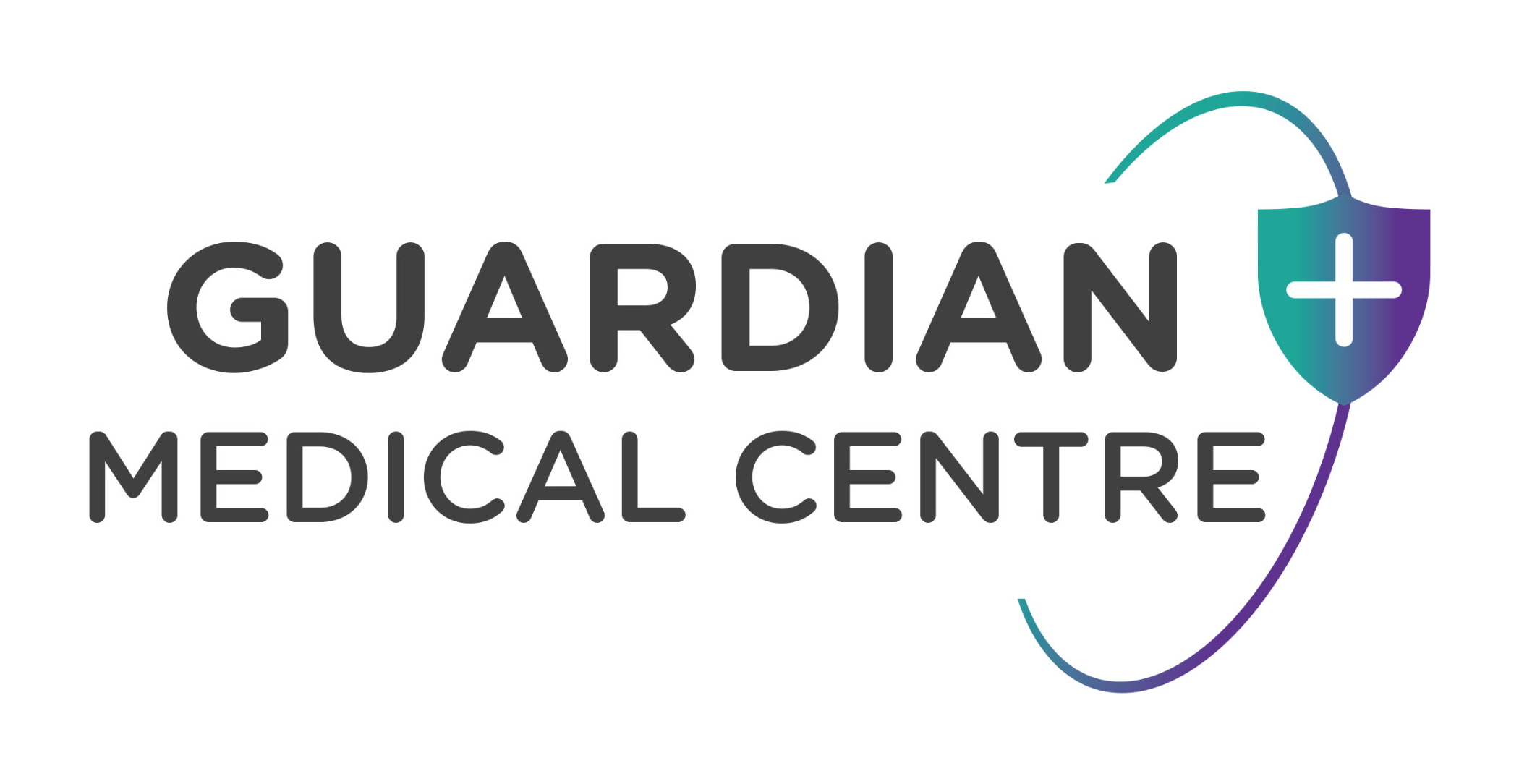A chaperone is an adult who is present during an intimate examination of a patient. A chaperone provides a safeguard for both patient and doctor/clinician. Chaperones are trained members of staff from the medical centre.
A variety of people can act as a chaperone in the medical centre, all staff undertaking a formal chaperone role are trained in the competencies required. It is recommended that chaperones should be clinical staff familiar with procedural aspects of personal examination. Where clinical staff members are not available, the patient will be offered a trained non-clinical member of staff as a chaperone or an option to defer the examination.
Where the practice determines that non-clinical staff will act in this capacity, the patient must agree to the presence of a non-clinician in the examination, and be at ease with this. The non-clinical staff member will be trained in the procedural aspects of personal examinations, comfortable in acting in the role of chaperone, and be confident in the scope and extent of their role. They will have received instruction on where to stand and what to observe for.
The chaperone will only be present for the examination itself, and most discussions with the patient should take place while the chaperone is not present. We would like to reassure patient that all practice staff, including our chaprones, understand their responsibility not to divulge confidential information.
- The clinician will contact staff members to request a chaperone.
- Where no chaperone is available, a clinician may offer to delay the examination to a date when one will be available, as long as the delay would not have an adverse effect on the patient’s health.
- If a clinician wishes to conduct an examination with a chaperone present but the patient does not agree to this, the clinician must clearly explain why they want a chaperone to be present. The clinician may choose to consider referring the patient to a colleague who would be willing to examine them without a chaperone, as long as the delay would not have an adverse effect on the patient’s health.
- The clinician will record in the notes that the chaperone is present, and identify the chaperone.
- The chaperone will enter the room discreetly and remain in the room until the clinician has finished the examination.
- The chaperone will attend inside the curtain/screened-off area at the head of the examination couch and observe the procedure.
- The chaperone will introduce themselves when entering the room but should not enter into conversation with the patient or GP unless requested to do so, or make any mention of the consultation afterwards.
- The patient can refuse a chaperone, and if so this will be recorded in the patient’s medical record.
